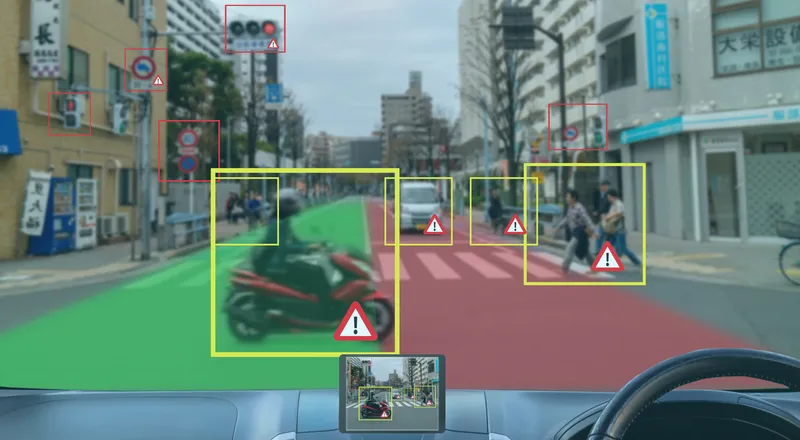
In future, a mix of connected (using V2X) and traditional vehicles will share the roads. Connected vehicles will communicate among each other and broadcast important information, improving traffic flow and safety.
Nordsys and smartmicro are now introducing a solution that generates V2X messages to be received by connected vehicles, based on real-time data, acquired by fixed infrastructure traffic management radar sensors.
Lane specific data, provided by smartmicro`s 3D/UHD traffic management radar, are converted into appropriate WGS84 standard coordinates, including for speed and heading, for all objects, from pedestrians to heavy trucks. The system then broadcasts corresponding V2X messages which, in this case are actually Infrastructure-2-Vehicle (I2V) messages.
This solution covers up to eight lanes and features a detection range of up to 300 metres. At a typical fully equipped intersection, connected vehicles using the received V2X messages can ‘see’ around the corner into other legs of the intersection. They can pick up vulnerable road users, such as cyclists and pedestrians, or non V2X equipped vehicles, before they can be detected by traditional on-board sensors like cameras, lidar or the vehicle driver.
As V2X communication is rated as one of the key drivers for connected, autonomously driving vehicles, this system enlarges the base of V2X participants where even non-connected vehicles, bicycles and pedestrians are covered.










